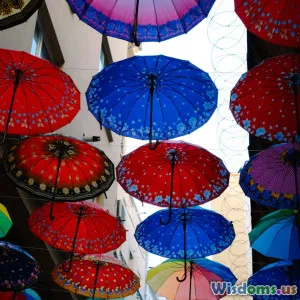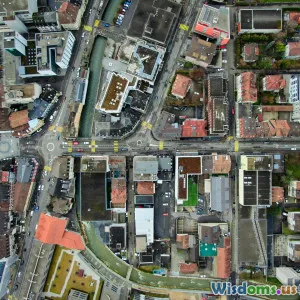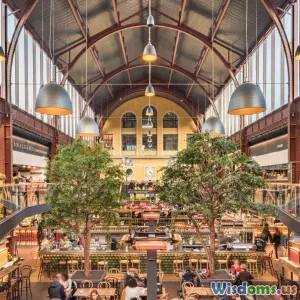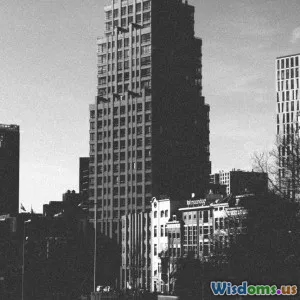
Creating Vibrant Public Spaces
6 min read Explore the essentials of designing public spaces that foster community, creativity, and connectivity in urban environments. (0 Reviews)
Creating Vibrant Public Spaces
Public spaces are the heart of urban environments, serving as gathering places that foster community interaction and cultural expression. As cities continue to evolve, the importance of creating vibrant public spaces becomes increasingly evident. This article will explore the essential elements that contribute to the vibrancy of public spaces, including design principles, community involvement, and innovative examples from around the world.
The Importance of Public Spaces
Public spaces play a crucial role in urban life. They provide areas where people can relax, socialize, and engage in various activities. Research has shown that well-designed public spaces can improve mental health, reduce crime, and boost local economies. According to a 2018 study by the Project for Public Spaces, cities with vibrant public spaces experience increased foot traffic and local business revenues.
Key Elements of Vibrant Public Spaces
Creating vibrant public spaces requires a careful consideration of several key elements:
1. Accessibility
For a public space to be vibrant, it must be accessible to everyone, regardless of age, ability, or socioeconomic status. This includes designing spaces that are wheelchair accessible, have adequate signage, and are located near public transport. Ensuring accessibility encourages higher usage and fosters inclusivity.
2. Flexibility
Vibrant public spaces should accommodate various activities and events. Spaces that can be easily adapted for different uses—such as markets, performances, or recreational activities—tend to attract a wider audience. For example, the High Line in New York City transforms from a serene walking path to a bustling event space during special occasions.
3. Safety and Comfort
Safety is paramount in creating vibrant public spaces. Well-lit areas, visible sightlines, and regular maintenance contribute to a sense of security. Additionally, comfortable seating, shade, and greenery make spaces more inviting, encouraging people to linger and enjoy their surroundings.
4. Community Engagement
Involving the local community in the design process is essential for creating spaces that truly reflect their needs and desires. Hosting workshops, surveys, or design charrettes allows residents to voice their opinions and contribute ideas. This not only ensures the space meets the community's needs but also fosters a sense of ownership and pride.
5. Aesthetic Appeal
The visual design of public spaces significantly impacts their vibrancy. Incorporating art, landscaping, and unique architectural features can create an attractive environment that draws people in. For instance, the colorful murals and installations in Wynwood Walls, Miami, have transformed an entire neighborhood into a vibrant cultural hub.
Innovative Examples of Vibrant Public Spaces
Several cities around the world have successfully implemented vibrant public spaces that serve as models for others. Here are a few noteworthy examples:
1. Millennium Park, Chicago
Millennium Park is a prime example of how public spaces can blend art, nature, and community engagement. The park features a variety of attractions, including the iconic Cloud Gate sculpture and an outdoor concert venue. Regular events and festivals help attract visitors year-round.
2. The Promenade Plantée, Paris
This elevated park in Paris, built on a former railway line, showcases the potential of transforming underutilized spaces into vibrant community assets. The Promenade Plantée features walking paths, gardens, and art installations, encouraging locals and tourists alike to explore the area.
3. Market Square, Ljubljana
Slovenia's capital has successfully revitalized its public spaces by creating pedestrian-only zones that encourage social interaction and commerce. Market Square serves as a hub for local vendors and hosts various cultural events, transforming the area into a lively gathering spot.
Conclusion
Creating vibrant public spaces is essential for enhancing urban life. By focusing on accessibility, flexibility, safety, community engagement, and aesthetic appeal, cities can develop spaces that foster connections and enrich the lives of residents. As urban environments continue to grow and change, prioritizing the design of public spaces will ensure they remain vibrant, inclusive, and reflective of the communities they serve. Through innovative examples and active community participation, we can create public spaces that truly resonate with the people who use them.
Rate the Post
User Reviews
Popular Posts





















